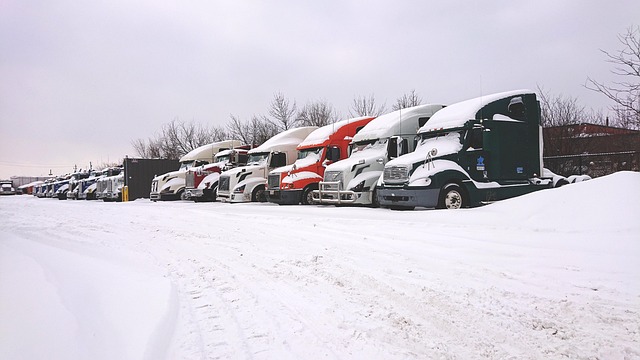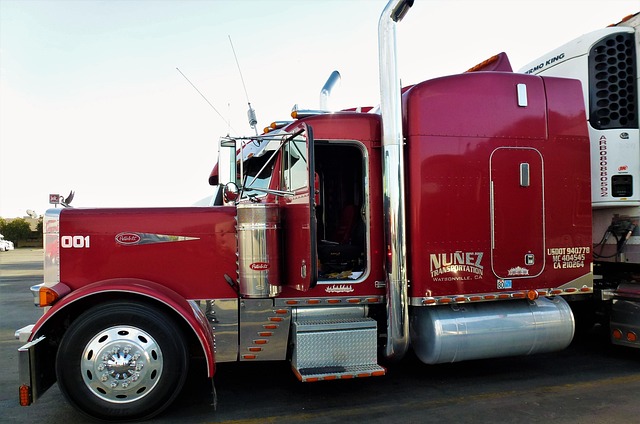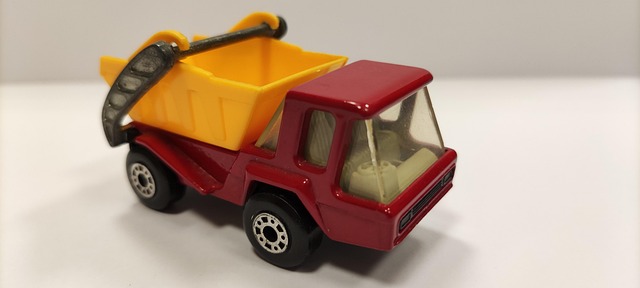Looking to register your car in California? This comprehensive guide walks you through every step, from understanding essential requirements to completing the process at your local DMV. We break down the necessary documents, how to verify your Vehicle Identification Number (VIN) using online tools, and crucial post-registration tasks. Ensure a smooth experience by following these expert tips, making use of a VIN verifier, and keeping your records up to date.
- Understand California Car Registration Requirements
- Gather Necessary Documents for Vehicle Registration
- Verify Vehicle Identification Number (VIN) Using Online Tools
- Visit Your Local DMV to Register Your Car
- Complete Post-Registration Steps and Keep Records Updated
Understand California Car Registration Requirements

Before registering your car in California, it’s crucial to understand the state’s specific requirements. Every vehicle owner must ensure their car meets all regulations set by the Department of Motor Vehicles (DMV). One critical aspect is having a valid and accurate Vehicle Identification Number (VIN) verification. This unique 17-character code serves as a fingerprint for your car, ensuring it’s not stolen or reported as damaged.
In California, you’ll need to obtain this VIN verifier information from a trusted source. A mobile vin inspection or mobile vin verification service can prove invaluable here. These services offer convenient and accurate VIN checks, often right at your location, by utilizing specialized tools to cross-reference the VIN with comprehensive databases. This ensures a seamless registration process without any unexpected delays or issues.
Gather Necessary Documents for Vehicle Registration

Before you begin the registration process in California, ensure you have all the required documents ready. The key to a smooth registration is having accurate and up-to-date information, so gather your vehicle’s registration papers from the previous state (if applicable), proof of ownership, and identification documents. It’s also crucial to verify your Vehicle Identification Number (VIN) using reliable methods like a mobile vin inspection or an online vin verifier. This step is essential as it ensures that your vehicle is safe to register and helps prevent fraud.
Additionally, have your insurance card and proof of liability insurance handy. California requires all vehicles to be insured, so having these documents readily available will expedite the registration process at the California Department of Motor Vehicles (DMV).
Verify Vehicle Identification Number (VIN) Using Online Tools

Before you begin the registration process, it’s crucial to verify your vehicle’s unique identifier—the Vehicle Identification Number (VIN). This critical 17-character code is like a fingerprint for your car and can be easily checked using online tools designed for this purpose. Many websites now offer vin verifier services, allowing you to confirm the VIN’s authenticity and accuracy in just a few clicks.
One popular method is through mobile vin verification, where you can use your smartphone to access these platforms. Simply input your VIN into the app or website, and within seconds, you’ll receive detailed information about your vehicle, including its make, model, year, and even history reports. This step ensures a smooth registration process by confirming that the details on hand match the actual vehicle, enhancing accuracy during vin inspection.
Visit Your Local DMV to Register Your Car

Visiting your local DMV is a crucial step in registering your car in California. Here, you’ll need to provide essential documents and information, including proof of ownership, insurance, and vehicle identification number (VIN) verification. The VIN is a unique code that identifies your vehicle, and it’s best to have this verified by a professional to ensure accuracy. Many services now offer mobile VIN inspection or verification, making the process more convenient for you.
At the DMV, a knowledgeable representative will guide you through the registration process. They’ll check your documents, perform a vehicle history report, and ensure that your car meets all safety and emission standards. Once your car passes these checks, you can complete the registration, pay the required fees, and receive your official California registration plates.
Complete Post-Registration Steps and Keep Records Updated

After successfully registering your vehicle, there are crucial post-registration steps to complete to ensure a smooth ownership experience. One essential task is updating your vehicle’s registration and title records with the California Department of Motor Vehicles (DMV). This involves submitting the necessary paperwork, including the updated registration form, to the DMV within a specific timeframe. It’s important to keep these records up-to-date to avoid any legal complications.
Additionally, maintaining accurate documentation is vital for future transactions and verifications. Utilize services like mobile VIN inspection or a mobile VIN verifier to ensure your vehicle’s information remains reliable. This can be done during routine maintenance checks or when selling or transferring ownership. Keeping these records organized and readily accessible will simplify the process of verifying your vehicle’s history, including its Vehicle Identification Number (VIN), which is a unique code that serves as the key to detailed vehicle specifications and service records.
Registering a car in California is a straightforward process that requires understanding state regulations, gathering essential documents, and verifying your vehicle’s unique identification number (VIN) using reliable online tools. Once at the DMV, completing the registration process is simple. After registration, remember to keep all records updated and take care of post-registration steps like insurance and license plate acquisition. With these steps and a helpful VIN verifier, you’ll have your California car registered in no time.
